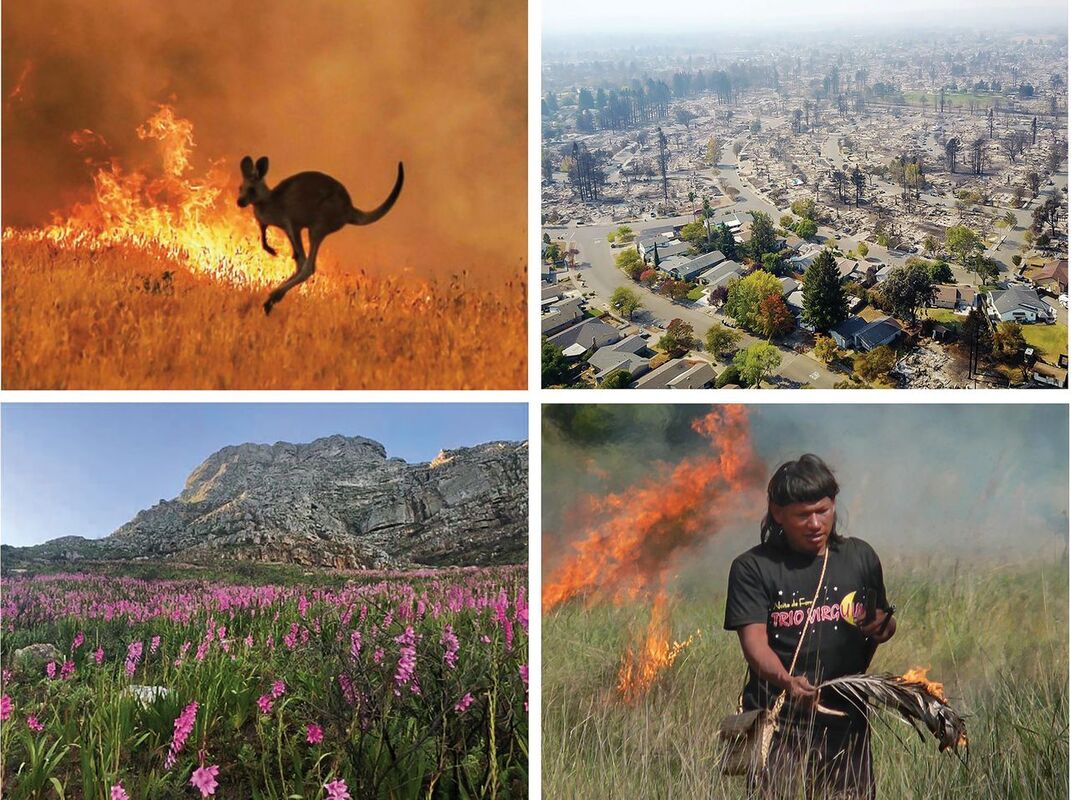| Smith Ecology Lab |
|
|
Platypus Month kicks off with research updates and a new team of conservation researchers
Tamielle Brunt completed her PhD in July 2023 and continues her excellent research on platypus with our growing team of students. Read Tam's article about her work with Platypus Watch! |
Cultural Burning and Prescribed Burning: What The Science Tells Us
In 2023, I contributed (01.29.12) to this discussion on Yuggera country about Indigenous and western science perspectives on fire and nature. It was a great evening, organised by Boonah & District Landcare. |
Protecting Platypus in South-East Queensland
In this lovely video by LERAKO, my PhD student Tamielle Brunt explains how and why she studies platypus conservation in southeast Queensland. |
|
My PhD Student Tamielle Brunt did a talk on her very charismatic study species - the platypus at TEDx UQ in 2022.
|
Humans are changing fire patterns, and it’s threatening 4,403 species with extinction
A summary of our 2020 Science paper published in The Conversation |
Mowing for Biodiversity
A 3-minute movie showing how mowing can reduce biomass and maintain grassland biodiversity, produced by Wildlife Messengers.
From our 2018 Applied Vegetation Science paper
A 3-minute movie showing how mowing can reduce biomass and maintain grassland biodiversity, produced by Wildlife Messengers.
From our 2018 Applied Vegetation Science paper
Site powered by Weebly. Managed by HostGator


